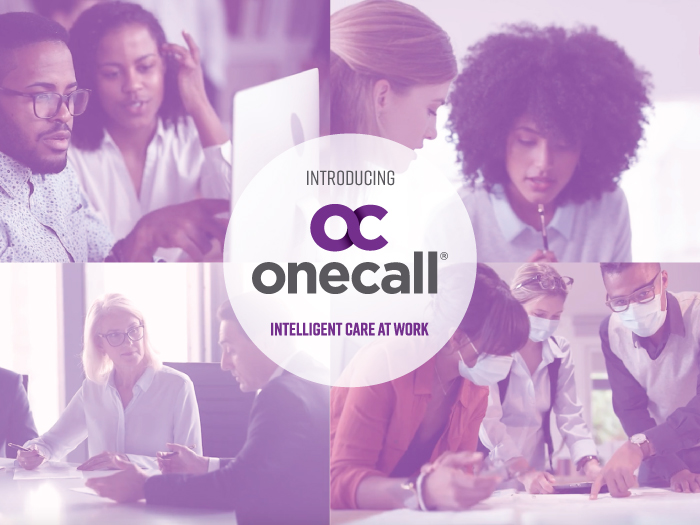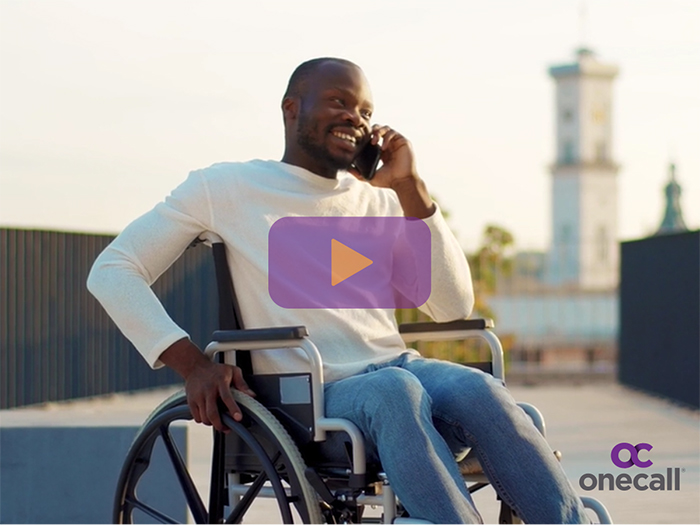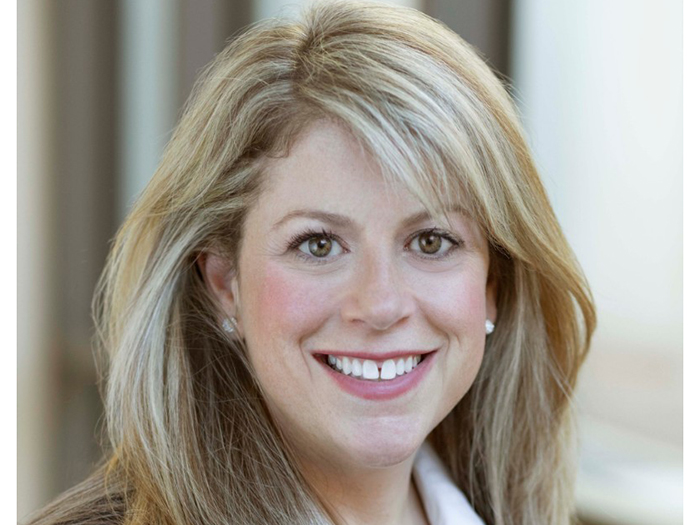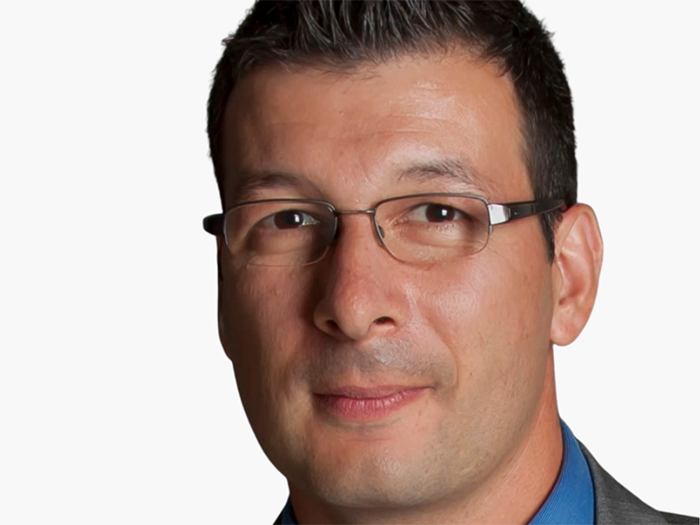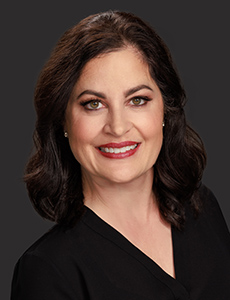Sponsored Content by One Call
One Call Is Emerging from the Pandemic a Changed Company. Here Are 3 Ways It’s Revamping the Business
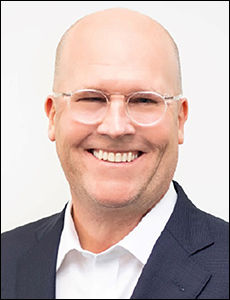
Thomas Warsop CEO, One Call
A year ago, no one knew for sure how the pandemic would play out or the lasting impacts it would have. Initially, most companies took a wait-and-see approach, hoping things would return to “normal” rather than adapting to a new environment. But others were proactive, recognizing early on that our new, very virtual world could be here to stay.
“When it became clear that COVID-19 was going to have a significant impact beyond a three-week stay-at-home order, we decided to not just adapt to the pandemic crisis, but to make our organization better coming out of it than it was going in,” said Thomas Warsop, CEO of One Call. “The rapid changes forced us to think differently and not be constrained by how things have always been done.”
Here are three ways One Call is emerging from the pandemic as an improved company for the benefit of all its stakeholders:
1) Leveraging Technology to Streamline Manual Tasks
When the pandemic first hit, claims plummeted. Non-emergent medical appointments were canceled. Injured workers and other patients were told to stay at home. The silver lining in the slowdown was that it allowed One Call time to focus on technology and process improvement projects.
We analyzed client and injured worker feedback to develop an improved communication framework. We began by collaborating with some key diagnostic providers to build an integrated scheduling platform, enabling patients to view available timeslots and book appointments directly, using their own device, eliminating the need for a middleman. This low-touch process saves time and increases convenience for patients, care coordinators and providers alike.
“Just a few months ago, every time we needed to coordinate an appointment or service, we would have to schedule a three-way call between the injured worker, provider and care coordinator in order to negotiate a date, time and location for that service to take place,” Warsop said.
“We understand time is precious and our new solution streamlines the scheduling process. For the short time this change has been in effect, we have already seen significant improvements, such as a roughly 70 percent decrease in the amount of time and effort it takes to make an MRI appointment when the automated process is utilized. We are extremely happy with these initial results and are rolling out this approach across our entire suite of services.”
One Call is also rolling out notifications and updates that include a single view of a claim, inclusive of all services coordinated, as well as functionality that allows intelligent self-service options. These notification enhancements include links to authorize claims, text messages to injured workers allowing them to confirm, change or cancel appointments and many other features.
2) Expanding Service Offerings and Creating New Ones
Injured workers often need help getting to and from medical appointments, and One Call has been meeting their transportation needs long before the pandemic. However, injured workers aren’t the only people who need this assistance.
“Transportation is an important, and often overlooked barrier to getting medical services. A couple of years ago, we expanded our non-emergent medical transportation offering beyond workers’ compensation. With a few modifications to meet regulations, we are serving the Medicare and Medicaid population nationwide,” Warsop said. “We recognize the need is there and we saw this business grow 650 percent last year. Even amid the uncertainty of the pandemic, certain needs stay the same, and we stepped up to meet them.”
We also saw the need to create brand new solutions to meet new needs.
As COVID-19 spread, workplace safety took on a whole new meaning. Before, no one would bat an eye if a worker came in for a shift while battling a cold. Suddenly, the smallest sneeze became taboo. Businesses had to quickly develop health screening and contact-tracing protocols and figure out how to manage when employees became sick.
“Companies were facing a whole new set of risks. One Call has always been focused on post-injury solutions, but we saw a need to also help prevent injuries and illness at work. We call it our Workforce Wellbeing Suite of Solutions,” Warsop said.
These services include health assessment technologies, where employees get their temperatures checked and/or questions answered about any symptoms they may be experiencing before starting work. For remote workers, it includes a virtual home-workstation ergonomics assessment.
“So many people have never worked from home before and are now using their sofas and dining room tables as their workstations. Without proper set up, employees have an increased risk of developing musculoskeletal issues. An ergonomics assessment can identify how the individual is currently working and suggest modifications – such as adjusting your keyboard location and monitor or adjusting chair height – in order to keep the body in alignment and ultimately help reduce future injuries,” Warsop said.
3) Rolling Out a New Look
With recent enhancements and continual strides to innovate, it made sense for the external representation of One Call to reflect the many changes happening internally.
“We gave our logo a refresh,” Warsop said. “You’ll notice that the ‘O’ and ‘C’ connect to form an infinity sign, which symbolizes the connectivity that we want to achieve with our stakeholders, and through every step of the care journey. It’s a constant flow of collaboration and information, with infinite possibilities when we all work together.”
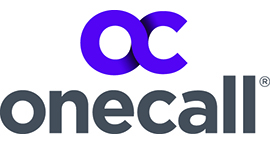 The logo is also getting a color change, from blue to purple. According to Canva, a digital design firm, blue is easily the most popular logo color because it symbolizes security and reliability. But in a sea of blue, different designs can blur together.
The logo is also getting a color change, from blue to purple. According to Canva, a digital design firm, blue is easily the most popular logo color because it symbolizes security and reliability. But in a sea of blue, different designs can blur together.
“Purple is not a corporate color. It’s different,” Warsop said. “Purple represents intelligence, creativity and sophistication, all qualities embodied by our colleagues and mission.”
“We hope this communicates that we are different. You might have heard about us or maybe you’ve worked with us in the past – we’re a great partner,” Warsop said. “We are continually investing to make ourselves better and we’re constantly working to make our business better – to improve outcomes for our stakeholders and to drive benefits for society as a whole.”
Learn more about One Call’s recent brand enhancements.
What’s Not Changing: Prioritization of Quality Care
Despite the new services and new look, the core of One Call’s business remains the same.
“One Call is, always has been, and always will be a mission-driven company. The mission of our company is getting people the care they need, when they need it,” Warsop said.
Emphasis remains on maintaining a network of high-quality providers who are constantly scored to ensure consistent delivery of high-quality outcomes. The development of new processes or solutions will still further streamline the entire spectrum of care.
“There are a variety of services that injured workers need to get back to health and back to work, from diagnosis all the way through the treatment plans, which could involve physical therapy, home health, durable medical equipment, transportation, and a number of other ancillary benefits,” Warsop said. “We are unique in that we coordinate across all of those services.”
The upheaval of the pandemic may have catalyzed some of One Call’s recent changes, but we have always valued flexibility, adaptability and innovation.
“Workplace safety risks and the delivery of care have been permanently changed by this crisis, and One Call remains ready to serve shifting needs, because we don’t wait to see how things go – we lead,” Warsop said.
“I think this is the best example in my lifetime of how flexibility, responsiveness, innovation and adaptability serve you well.”
To learn more, visit: https://onecallcm.com/.
This article was produced by the R&I Brand Studio, a unit of the advertising department of Risk & Insurance, in collaboration with One Call. The editorial staff of Risk & Insurance had no role in its preparation.

